
Courtesy of Rauner Special Collections Library
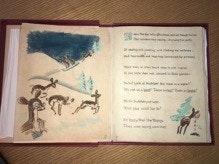
Courtesy of Rauner Special Collections Library
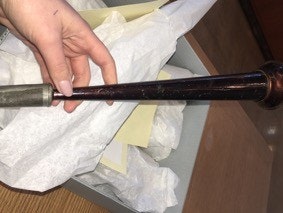
Courtesy of Rauner Special Collections Library

Courtesy of Rauner Special Collections Library
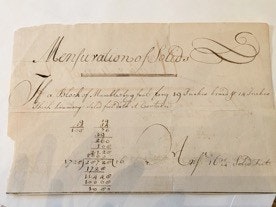
Courtesy of Rauner Special Collections Library
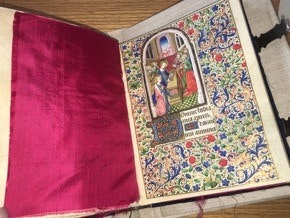
Courtesy of Rauner Special Collections Library
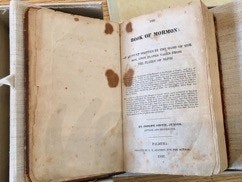
Courtesy of Rauner Special Collections Library
Rauner Special Collection Library is, in a way, its own hidden gem. It’s not one of the more popular study spaces on campus, because of its limited space and hours, but it houses a plethora of rare and valuable artifacts most Dartmouth students, myself included, know nothing about. In honor of the hidden gems theme this week, I walked into Rauner and asked the librarians to show me a few of their favorite hidden gems. Here is what I found:
The Book of Mormon
The original edition of the Book of Mormon is housed in Rauner Special Collections Library. This is the first edition of the book, published in 1830, which Joseph Smith claims to have translated directly from the plates left in his yard by the angel Moroni. Smith, the founder of the Church of Jesus Christ of Latter-day Saints, was born in Sharon, Vermont. Thousands of visitors travel to his birthplace every year, and many stop by Rauner to see the book in person, making the Book of Mormon one of Rauner’s most requested items.
Book of hours (Livre d’Heures)
The book of hours is a Latin prayer book from 15th century France, likely used by a rich merchant or lower-level noble. The book is a testament to the elegant detail and artistry of the time, as it is detailed with gold ink that is real gold. This book, like other prayer books, was a status symbol more than anything else, signifying literacy. The book of hours is filled with elaborate and unique artwork, bound blue in velvet, and the sections are separated by red satin.
George Washington Collection
Rauner has boxes filled with personal correspondence from George Washington to Elezar Wheelock, Thomas Jefferson and more. The paper pictured, however, is not a letter. Entitled “Mensuration of Solids,” this is a mathematical exercise completed by thirteen-year-old Washington in 1745. Also enclosed in the collection is a letter from Washington to the Dartmouth College Board of Trustees, in which he writes, “That your labor may be crowned with success, and render you happy in its consequences, is my sincere prayer.”
Dartmouth College Beanies
Although the name may sound like these hats were a way of keeping warm in the cold New Hampshire winters, or perhaps of making a fashion statement, these caps had a slightly more sinister purpose: hazing. Freshmen at the College, from 1911 to 1973, wore these hats to self-identify as freshmen, so upperclassmen knew whom to haze. If one was caught without their hat on, the hazing was exponentially worse. Freshmen were allowed to take off their hats once they’d won a game of tug of war against the sophomores, or mid-November, whichever came first.
Horn
Horning, the practice of literally blowing a loud horn outside of someone’s house, was once used by Dartmouth students for expressing discontent. This practice was mostly aimed at faculty who had given students either an excessive workload or bad grades.
The Original Markup of Rudolph the Red-Nosed Reindeer
The original story of Rudolph the Red-Nosed Reindeer was written by Robert May ’26 as a promotional item for various stores to give to kids who came to see Santa Claus. May’s boss at the Montgomery Ward Company originally turned down his idea, so May went to an artist friend, Denver Gillen, and asked him to mock up the story. Gillen did so informally, in crayon. May’s boss loved it, and the rest is history.
The Berlin Wall
This Rauner gem is so hidden that neither librarian at Rauner was aware of its existence until I asked for it. This tiny block of cement was once a part of the wall separating East and West Germany. No one has any record of how a piece of the Berlin Wall ended up at Dartmouth, except that it is kept in an envelope reading “For A World Without Walls – Happy Holidays, 1989 from the Soviet American Review! (A piece of the Berlin Wall enclosed.)”



